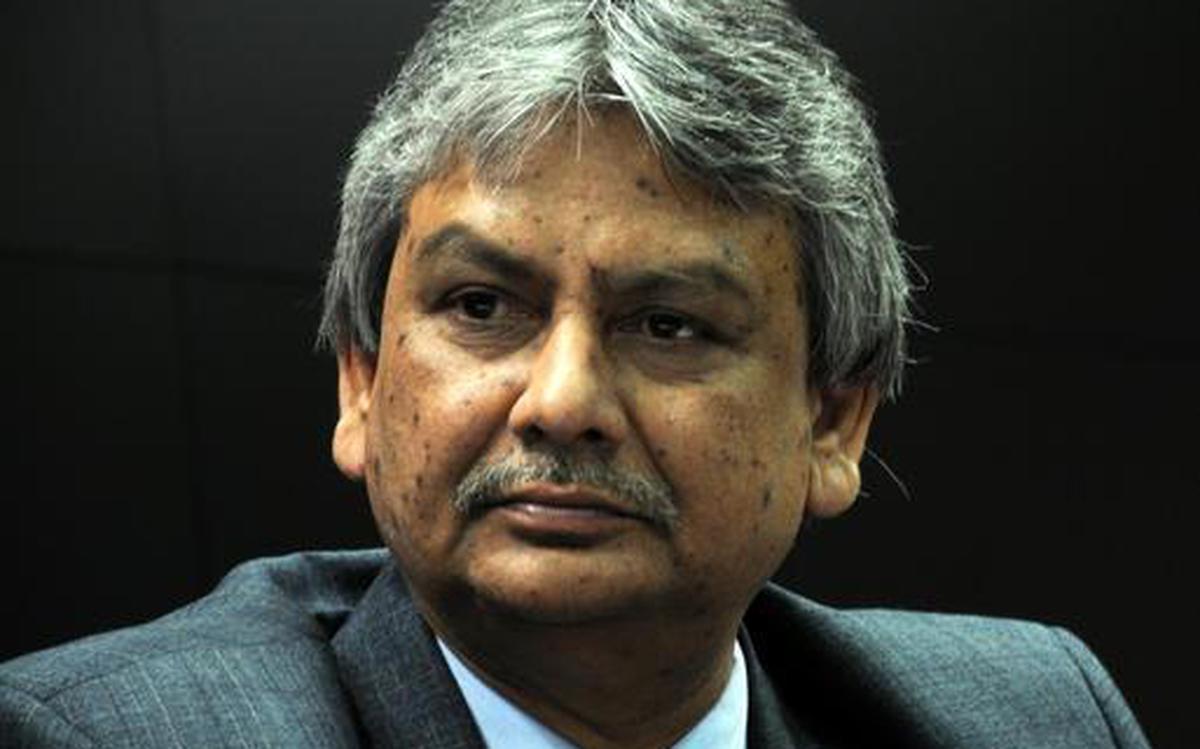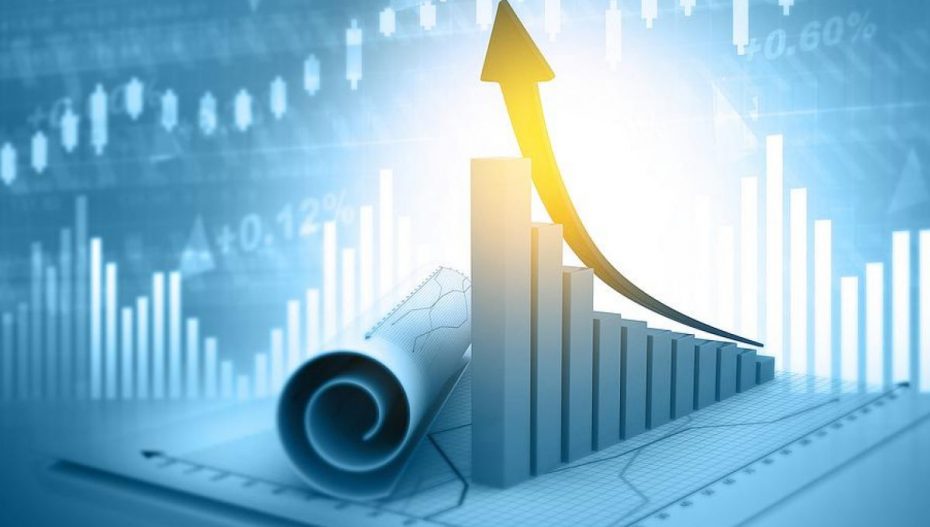Reserve Bank of India (RBI) deputy governor Michael Patra has said that India can accelerate its path to becoming the world’s second-largest economy by 2031 by increasing GDP growth in terms of purchasing power parity to 11% over the next decade. He added that it would exceed the OECD’s projection,
India will surpass the US GDP by 2048, becoming the second-largest economy in the world behind China, according to OECD projections. By FY 2022, the Indian economy has grown by 8.7%, and the RBI expects GDP to rise by 7.2% in FY 2023.
“It is feasible to think about India entering the following ten years with a growth rate of 11%. If this is accomplished, India won’t overtake the United States as the second-largest economy by 2048 as previously projected, but by 2031, according to Patra, who was speaking at an event hosted by the RBI. Even if it slows to 4-5% in 2040–2050, he continued, ‘it will become the largest economy in the world by 2060.’

In order to hit the milestone, the demographic dividend, manufacturing, exports, and internationalisation of the rupee are the four growth drivers, India must concentrate on, Deputy Governor reasoned.
Michael Patra also talked about industrial revolution 4.0. He said India would have to put emphasis on the fields of automation, data exchange, cyber-physical systems, cloud computing, and advanced robotics, to achieve the aim of 10% growth in the manufacturing sector. Patra also felt that there is a need for India to strengthen its global competitiveness and cultivate a competent labour force.
According to Patra, if manufacturing achieves the 10% growth target, its GDP contribution will rise to 25%, reminding that the nation still needs to do more in this area.
The RBI deputy governor suggested that to address this gap in insufficient investment resulting in a certain lack of infrastructure, infrastructure investment should account for 6% of GDP by 2030 as opposed to its current 4.6%.
In other suggestions, Michael Patra mentioned the need for concentrating on upgrading its labour market in the context of India set to become the most populated nation in the world by 2023 and having a growing working-age population through 2045.
He significantly pointed out that with 83% of India’s workforce employed in the unorganised sector, the labour force’s contribution to GDP growth continues to be lower than that of developed and developing market nations.
talking about the ill effects of the pandemic on the economy, Patra said that it might take several years to restore this lost output. He however also said that by raising the share of Indian export from the present 2.7% to 5%, the goal of $1 trillion in exports could be achieved by 2030.
Also Read: Unclaimed Deposits Pile Up to Rs.48200 Crores In Banks, RBI To Launch Drive












